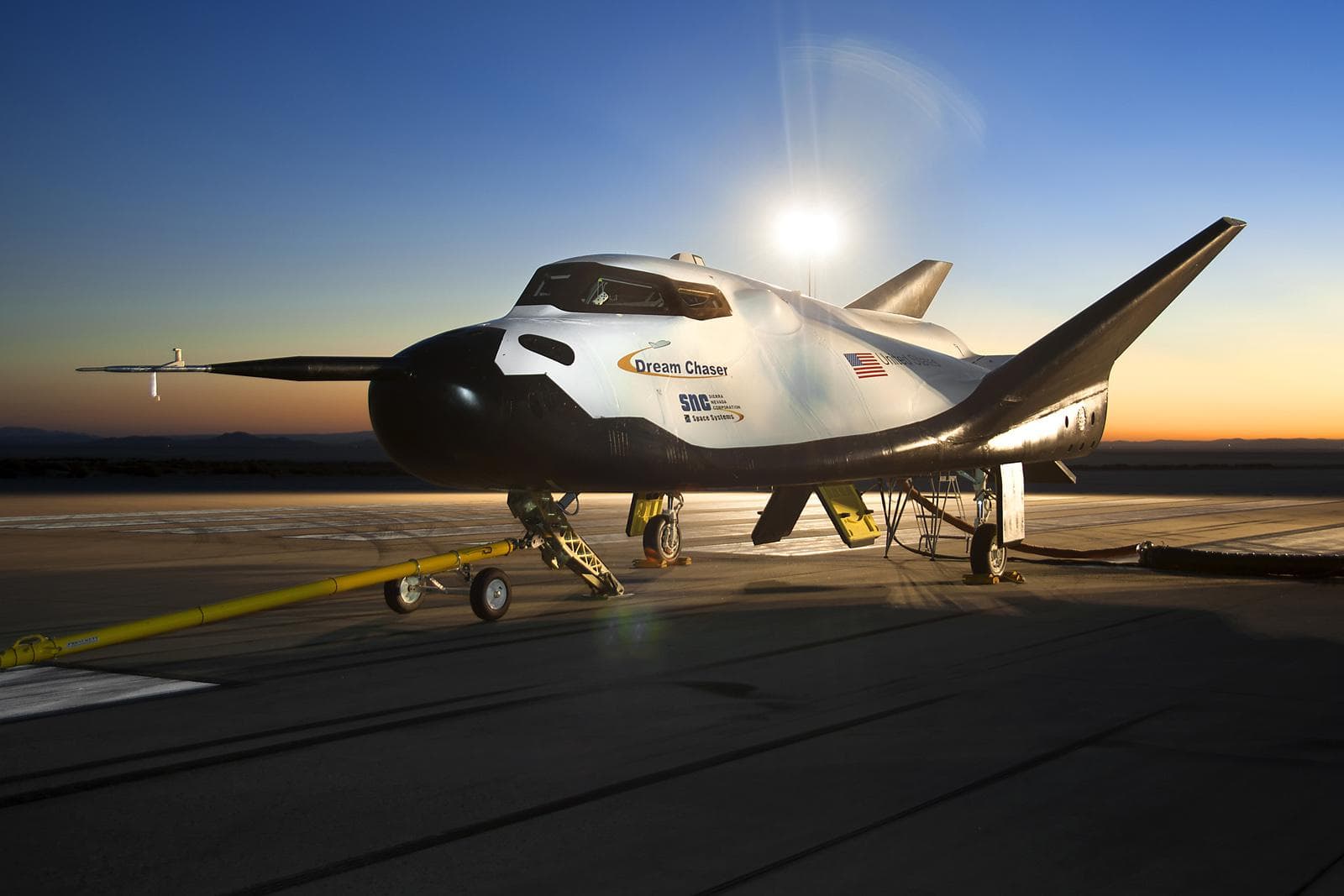Sierra Space has signed an agreement with Kanematsu Corporation and the authorities of Oita Prefecture. Within its framework, the company will study the possibility of landing the Dream Chaser space plane in Japan.

The Dream Chaser space plane was originally created as a vehicle to deliver crews to the ISS. But after Sierra Nevada lost the final selection stage of the Commercial Crew Development program in 2014, the company decided to redesign the concept of the device, turning it into an unmanned supply ship. In 2016, the Dream Chaser project became one of the winners of the second phase of the Commercial Resupply Services 2 program. Sierra Nevada was guaranteed at least 6 cargo missions to the ISS.
Dream Chaser will be launched into orbit using the new Vulcan carrier. The space plane has folding wings, due to which it can be installed not on the side of the launch vehicle, but on top of the last stage (to improve aerodynamics, it will be covered with a fairing). The space vehicle will be able to deliver five tons of supplies to the ISS in a pressurized compartment and up to 500 kg more in an unpressurized one. When returning to Earth, it will land on the RWY like an airplane, carrying up to 1850 kg of returned cargo on board. Another 3,400 kg can be placed in a compartment that will separate before the space plane enters the atmosphere and burns up there.
Initially, the first flight of the Dream Chaser was scheduled for 2021. But the consequences of the COVID-19 pandemic, as well as delays in the commissioning of the Vulcan rocket, led to its postponement to the end of 2022. As for the landing site of the space plane, the RWY of the John F. Kennedy Space Center will initially be used for this. In the future, the company plans to use other sites. One possible option is an airport in Oita Prefecture. Another candidate is the RWY in Huntsville, Alabama.

